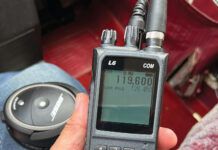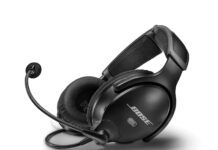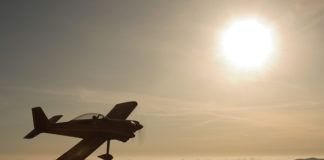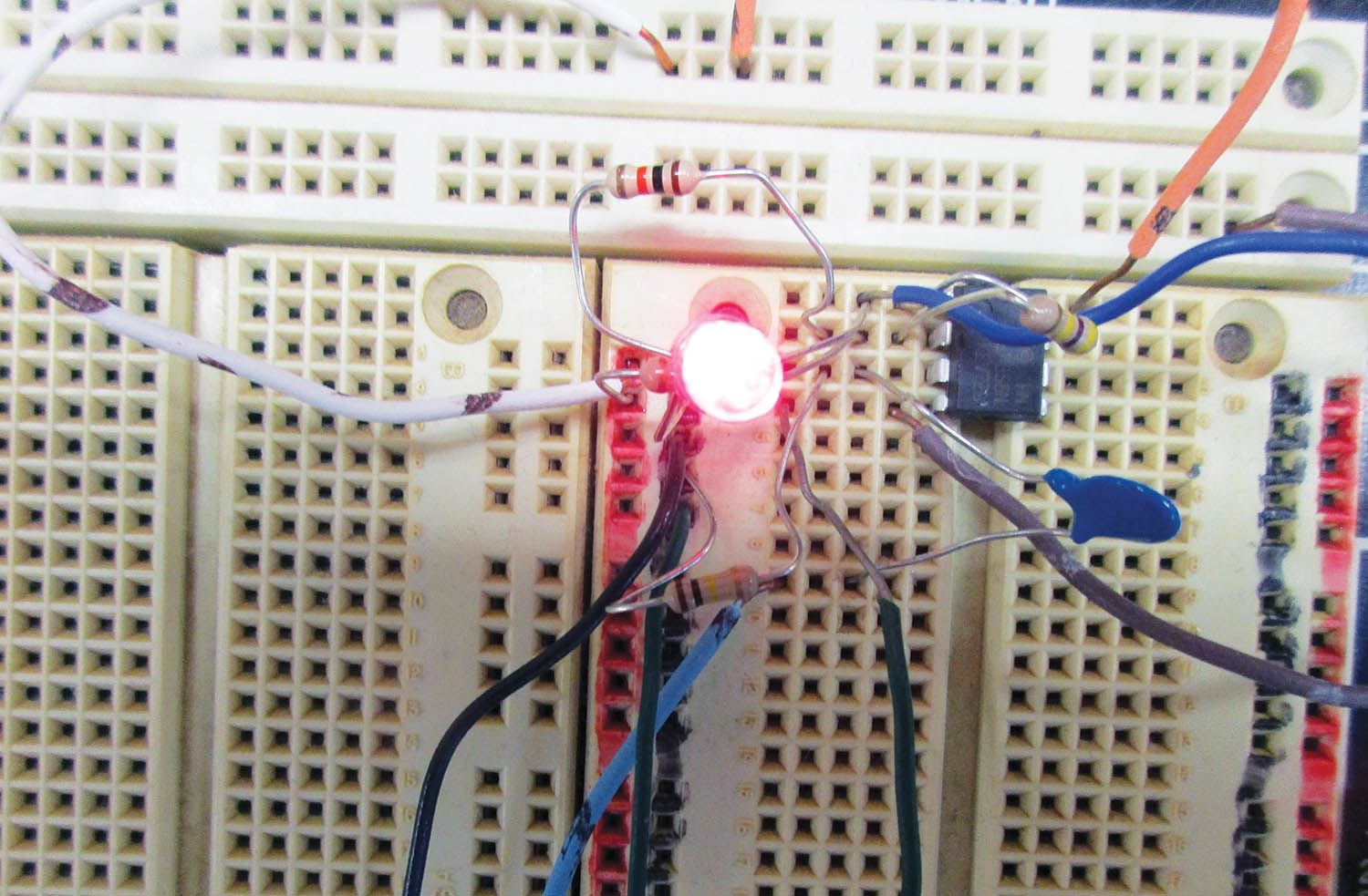
Every now and again, you get to do something that just feels good inside. Especially as an engineer and electronic designer, those times come few and far between. This is the saga of such an occurrence.
I know this old geezer KITPLANES® reader, Ernie. Ernie has this little medical problem that most of us baby boomers have. His hearing after 60 years of flying, most of it before noiseproof headsets became popular, has deteriorated. I said, “Ernie, your hearing is bad!”
Ernie’s hearing isn’t just bad—it is horrible. Even with the best headset, he can just barely hear the radio with the volume turned to the wall. His wife/copilot refuses to wear a headset for the plain and simple reason that her ears ring for hours after a few short minutes in the airplane with that much radio volume. How Ernie passes the medical every few years is beyond me, but that is between Ernie and his AME and wife, and I’m not going to mess with those relationships.
So, Ernie laid the problem in my lap. He wanted to have a little light that flashes when anybody is talking on the radio so that he doesn’t accidentally “step” on them when he keys his microphone to talk on his radio. He can then signal his wife to remove her headset so he can talk and hear on the radio, turn the radio up, and when done his wife can put her hearing-protecting headset back on.
He also wanted to plug it into a spare headset jack and have it work on either a 9-volt transistor battery or 12 volts that can be stolen from the cigarette lighter. He didn’t care where the light had to be placed, just so he could see it.
So Ernie and I made a deal. I would design and send him a rather crude “breadboard” of such a device with long leads that he could shorten as he saw fit, and he would send me a 2022 Oshkosh coffee cup. Yes, I had agreed to do a 2022 in-person forum, in a long chain of forums stretching back to 1974, and get my own cup. But when avgas hit $8 a gallon and my 182 goes about 11 miles per gallon (choked down as far as it will go), and it’s a 5000-mile round trip from the Left Coast to Oshkosh (furious calculation going on), spending nearly $3700 just on fuel for a short hour-long forum, followed by a hearty slap on the back and “well done again,” didn’t seem worth it.
But I digress. I’ve got a design problem in front of me that I’ve never contemplated before. Take headset audio and make a light flicker in time with the audio.
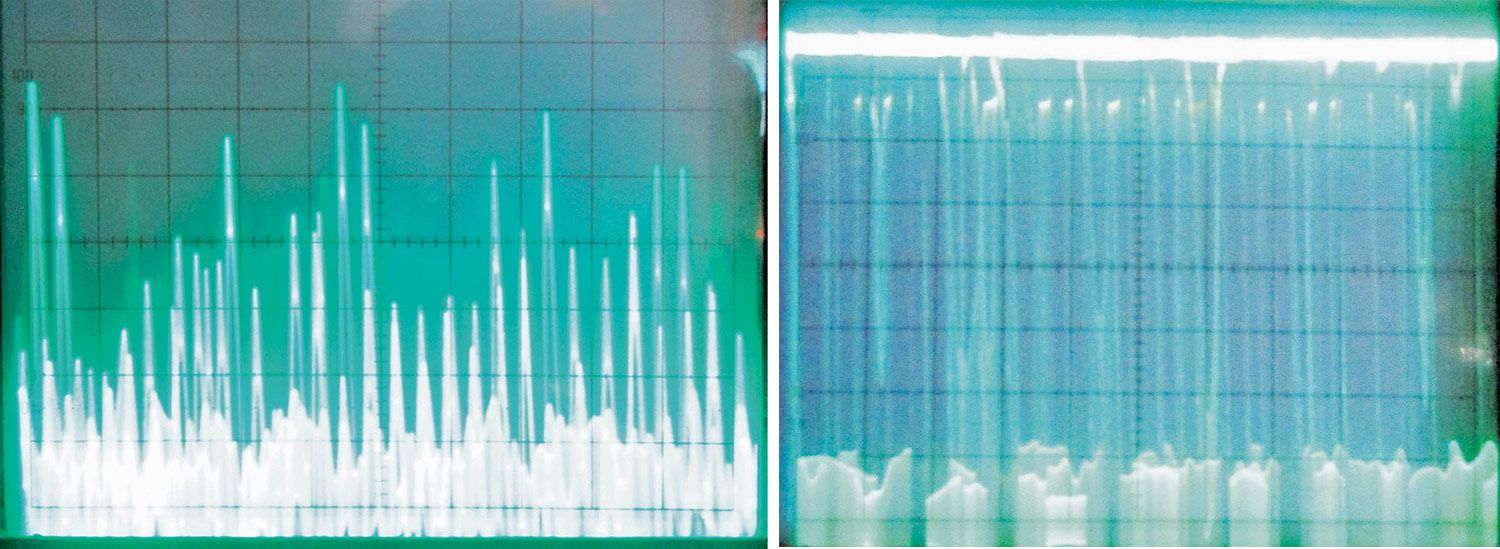
I turn to one of my favorite devices when I’m confronted with a problem like this: the op amp (operational amplifier). The first thing I worry about is what is called the op amp’s “quiescent” (kwee-essent) current. That is, the current that the op amp is going to suck from the power supply just sitting there without doing anything. Call it idle current if you like. Why worry about this? Because if Ernie chooses the 9-volt battery option, I don’t want the circuit going dead in the middle of a flight.
A whole family of op amps was introduced a number of years ago with quite impressive q-current specifications. One of the best was the relatively cheap (50¢) LMC662 that sucked a paltry 0.75 mA (milliamps) for operation. Using either an alkaline toss-away with a capacity of 550 mAh (milliamp-hours) or a lithium-ion rechargeable at 600 mAh gives a lifetime of using this design of somewhere around 700 to 800 hours.

But wait, it isn’t that easy. When somebody is talking on the radio, the light (LED) is going to consume about 25 mA flickering on and off at max. This is something I can’t control. If you are flying around Podunk Tower with three flights a day, that is one thing. Flying in the L.A. basin with 10,000 flights a day is going to wear that battery down a whole bunch faster. Me? I choose the rechargeable battery and put it on the charger between every flight or I suck 12 volts from the cigarette lighter. (Besides, what idiots are there left among us who still smoke cigarettes in the aircraft?)
There’s one small problem we need to deal with, but thankfully the good Lord and National Semiconductor took care of it for us. The LED on the output requires less than 50 mA maximum and 25 mA average for any decent life (say, more than 10 years continuous operation). We might have expected to have to put some sort of ballast resistor to limit this current directly from the op amp output, but it would have changed in value with power supply. With the good Lord and National Semiconductor cooperating, they limited the output to 35 mA, and we can run the LED directly from the output of the op amp.
Thanks for reading and until then…stay tuned…
Some Interesting Footnotes:
- Thanks to Sacramento Approach and Southwest Flight 1426 on Thanksgiving evening for supplying audio to my shop radio for testing this device in actual operation.
- I called Ernie an old geezer. I had the sudden reflection that I was writing this article on my 79th birthday. I guess I probably qualify now for O.G. nomination.
- Lead lengths and such are completely non-critical. The head-length wires and LED wires can be separated anywhere from the tail cone to the spinner without any problems.
- Somewhere, way back in my childhood (see Note 2 above), I remember using “power” audio to power audio devices using voltage multipliers and such from the internals of the power audio amplifiers. It may take me some time, but I’m going to try and make an LED device like this using audio power from the headset jack alone. No promises. I see a dozen hurdles. Then again, I never have backed down from an engineering challenge…Apollo 10 onward.
- Ernie applied for a drone license awhile ago. He got an FAA major hassle because of his hearing (he finally got it). Would somebody please explain to me what hearing has to do with flying a drone?
- If any of you have a medical problem that electronics can solve (remember, I’m a B.S., not an M.D.), let me know and I’ll work on it.
- Ernie, I promised you the prototype, but I had a complete computer crash in August, right down to emails I had from July 2022. Contact me at [email protected] and give me an address.



